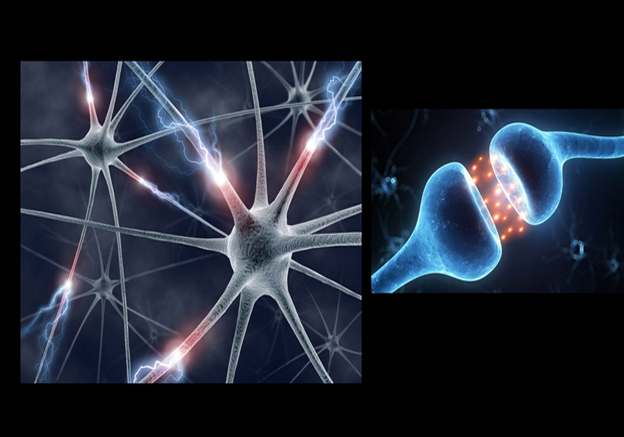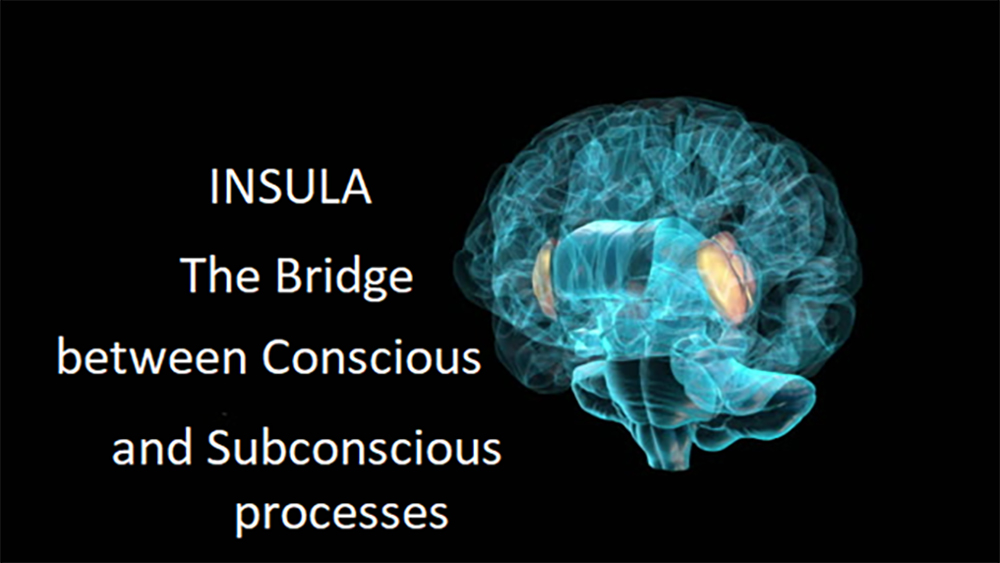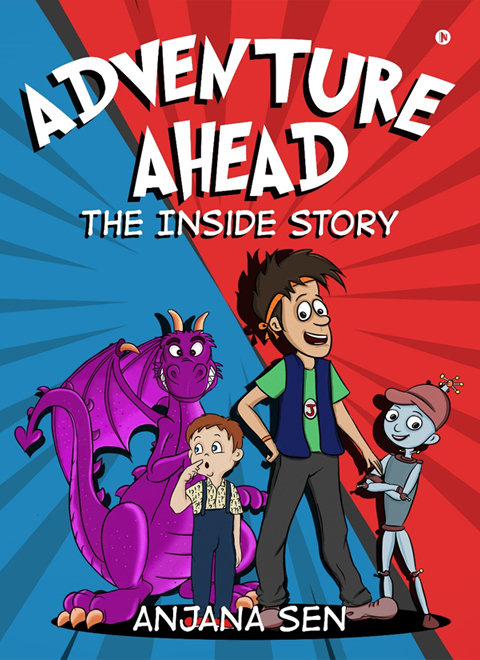With the advent of functioning imaging technology it has become possible to watch the brain at work. The Neuroscience labs are buzzing with new research and collaborations between the disciplines including Behavioral Studies and Management.
We now know where emotions are generated and processed in the brain and the chemistry of happiness, anger and stress.
The amygdala is recognized as a component of the limbic system, and is thought to play important roles in emotion and behavior. It is best known for its role in the processing of fear

We also know how the thinking rational neocortex exerts regulatory influence on the Amygdala.
A parent, mentor or coach can thus devise exercises and activities that strengthen the capability of Regulation, resulting in higher personal confidence in the individual as well as reliability as a team member.

The Science Of Learning And Unlearning

Neuroplasticity
A living growing brain is not just a historical fact. Every individual brain responds in real time to its experiences by adding cells, branches and synapses, consolidating well used circuitry and pruning away unused parts. Charles Darwin warned us that it is not the fittest who survive but the most adaptable. Humans learn quickly when young and habits and attitudes form and establish early. By the time they enter the arena of competitive adulthood some of their attitudes and patterns are out of sync with the current times. Unlearning is thus as crucial to living as is learning. The exciting phenomenon of neuroplasticity, the discovery of continuously changing and rejuvenating neuronal circuits, making new connections and weakening old pathways ensures that every brain evolves in real time, with each experience, repetition of an action and skill formation. At the end of each day, the circuits have changed by way of number and efficiency of connections (synapses).
Knowledge is only a rumor until it lives in the muscle – Asaro tribal saying (Indonesian) Learning becomes a part of me when it changes the way I react, respond, behave and live


Adventure Ahead the Inside Story is an illustrated screenplay that very simply explains brain architecture and function with respect to dealing with fear, making decisions, tapping into inner wisdom and unshackling creativity. Anyone above the age of 12 can benefit from joining the adventure.
READ : Effect of Meditation on the Brain with implications for Emotional Intelligence, a chapter from the book Emotional Intelligence and Leadership (Proceedings of 3rd Global Emotional Intelligence Forum Mumbai 2010 ) Excel Books 2011 New Delhi pg 232-238
View PDFAdventure Ahead the Inside Story is an illustrated screenplay that very simply explains brain architecture and function with respect to dealing with fear, making decisions, tapping into inner wisdom and unshackling creativity. Anyone above the age of 12 can benefit from joining the adventure.
READ the peer-reviewed paper Neurology of Emotional Intelligence interpreted for Managers
View PDFExternal Links Related To Emotional Intelligence
- Link to Consortium for Research on Emotional Intelligence in Organizations [CREIO]
- http://eiconsortium.org/
- Link to Joshua Friedman's website for Six Seconds , an international organization which trains and certifies professionals to spread the message of Emotional Intelligence
- https://www.6seconds.org/
- Link to resource website of Dr Daniel Goleman
- https://www.keystepmedia.com/
- Link to website of Richard Davidson
- https://centerhealthyminds.org/
- Link to Paul Ekman's work on facial expression
- https://www.paulekman.com/
- Link to Dr VS Ramachandran's TED Talk on mirror neurons
- https://www.ted.com/talks/vilayanur_ramachandran_the_neurons_that_shaped_civilization?language=en
- Link to You Tube video talk by Neuroleadership Institute Founder Dr David Rock
- https://www.youtube.com/watch?v=5XDEf6Fh-J4
-
Free online EQ Test
https://www.iq-test.net/eq-test.html
Suggested Reading
- Emotional Intelligence Why it can matter more than IQ (Daniel Goleman)
- Working with Emotional Intelligence (Daniel Goleman)
- Emotional Intelligence at Work (Dalip Singh)
- Tell Tale Brain (VS Ramachandran)
- Executive EQ (Sawaf & Moore)
- Egonomics (David Marcum and Steven Smith)
- Maximize your Child's Emotional Intelligence (Dr Sundardas D. Annamalay)
- The Road Less Travelled (M. Scott Peck)
- Daring Greatly (Brene Brown)
- The Brain That Changes Itself (Norman Doidge)
